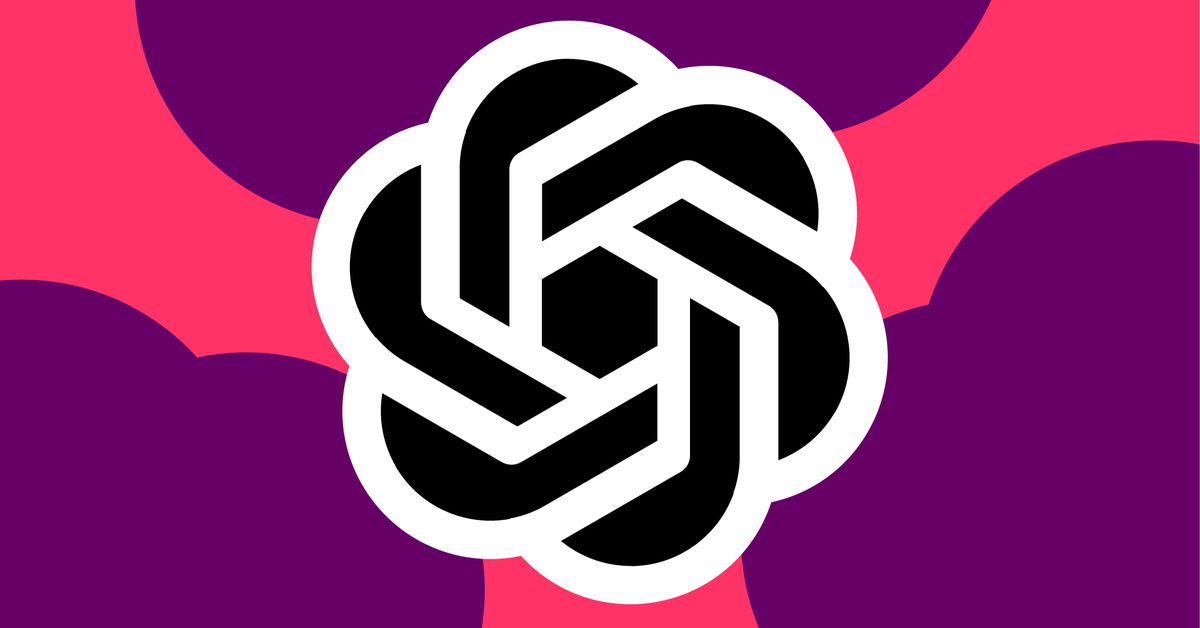For OpenAI, o1 represents a step toward its broader goal of human-like artificial intelligence. More practically, it does a better job at writing code and solving multistep problems than previous models. But it’s also more expensive and slower to use than GPT-4o. OpenAI is calling this release of o1 a “preview” to emphasize how nascent it is.
The training behind o1 is fundamentally different from its predecessors, OpenAI’s research lead, Jerry Tworek, tells me, though the company is being vague about the exact details. He says o1 “has been trained using a completely new optimization algorithm and a new training dataset specifically tailored for it.”
OpenAI taught previous GPT models to mimic patterns from its training data. With o1, it trained the model to solve problems on its own using a technique known as reinforcement learning, which teaches the system through rewards and penalties. It then uses a “chain of thought” to process queries, similarly to how humans process problems by going through them step-by-step.
At the same time, o1 is not as capable as GPT-4o in a lot of areas. It doesn’t do as well on factual knowledge about the world. It also doesn’t have the ability to browse the web or process files and images. Still, the company believes it represents a brand-new class of capabilities. It was named o1 to indicate “resetting the counter back to 1.”
I think this is the most important part (emphasis mine):
As a result of this new training methodology, OpenAI says the model should be more accurate. “We have noticed that this model hallucinates less,” Tworek says. But the problem still persists. “We can’t say we solved hallucinations.”



Technophobes are trying to downplay this because “AI bad”, but this is actually a pretty significant leap from GPT and we should all be keeping an eye on this, especially those who are acting like this is just more auto-predict. This is a completely different generation process than GPT which is just glorified auto-predict. It’s the difference between learning a language by just reading a lot of books in that language, and learning a language by speaking with people in that language and adjusting based on their feedback until you are fluent.
If you thought AI comments flooding social media was already bad, it’s soon going to get a lot harder to discern who is real, especially once people get access to a web-connected version of this model.
All signs point to this being a finetune of gpt4o with additional chain of thought steps before the final answer. It has exactly the same pitfalls as the existing model (9.11>9.8 tokenization error, failing simple riddles, being unable to assert that the user is wrong, etc.). It’s still a transformer and it’s still next token prediction. They hide the thought steps to mask this fact and to prevent others from benefiting from all of the finetuning data they paid for.
It does not fail the 9.11 > 9.8 thing.
It’s weird how so many of these “technophobes” are IT professionals. Crazy that people would line up to go into a profession they so obviously hate and fear.
I’ve worked in tech for 20 years. Luddites are quite common in this field.
Read some history mate. The luddites weren’t technophobes either. They hated the way that capitalism was reaping all the rewards of industrializion. They were all for technological advancement, they just wanted it to benefit everyone.
I’m using the current-day usage of the term, but I think you knew that.
Big leap for OpenAI, as in a kind of ML model they haven’t explored yet. Not that big for AI in general as others have done the same with similar result. Until they can make graphs where they look exceptionally better compared to other models than their own, it’s not that much of a breakthrough.